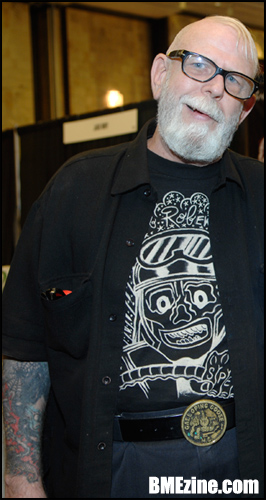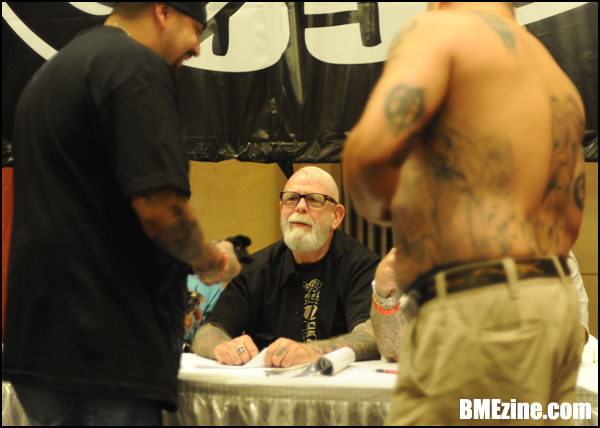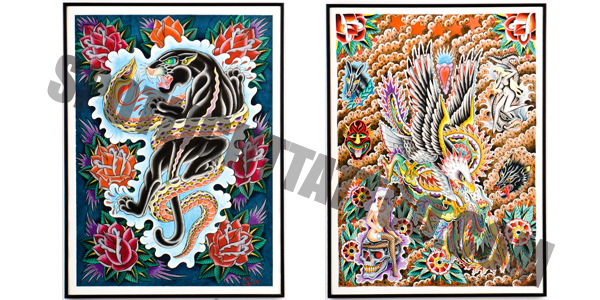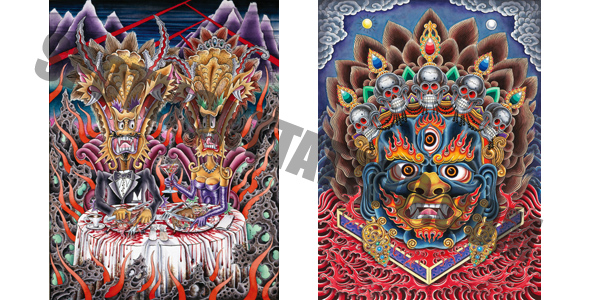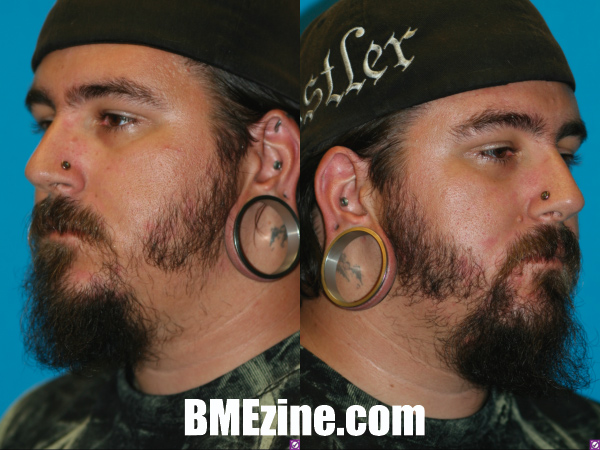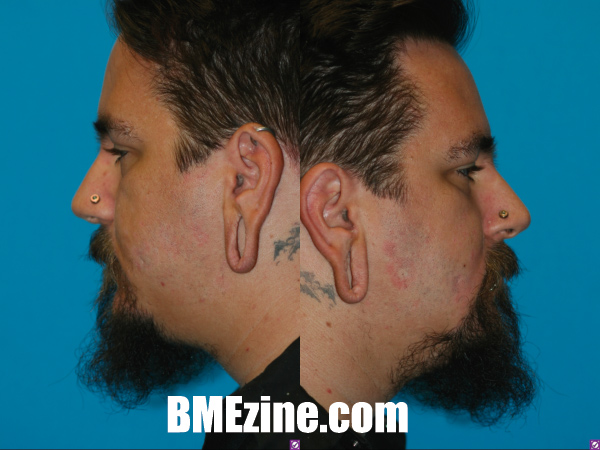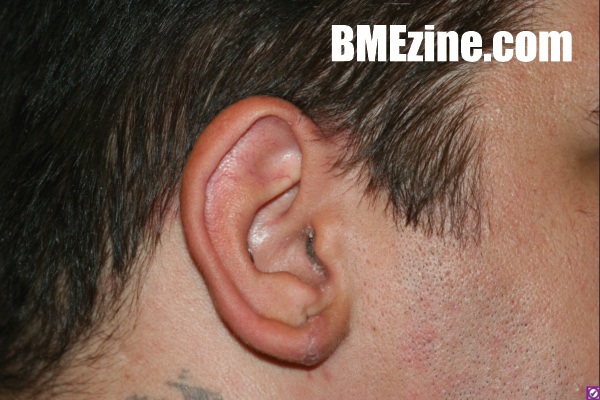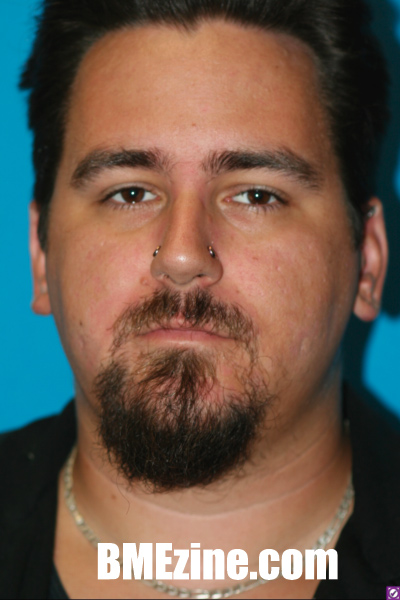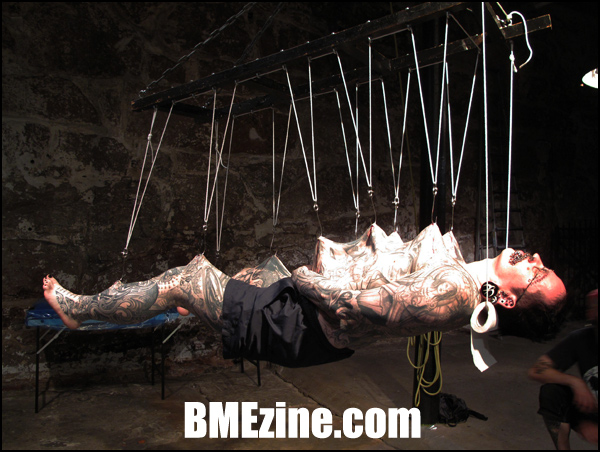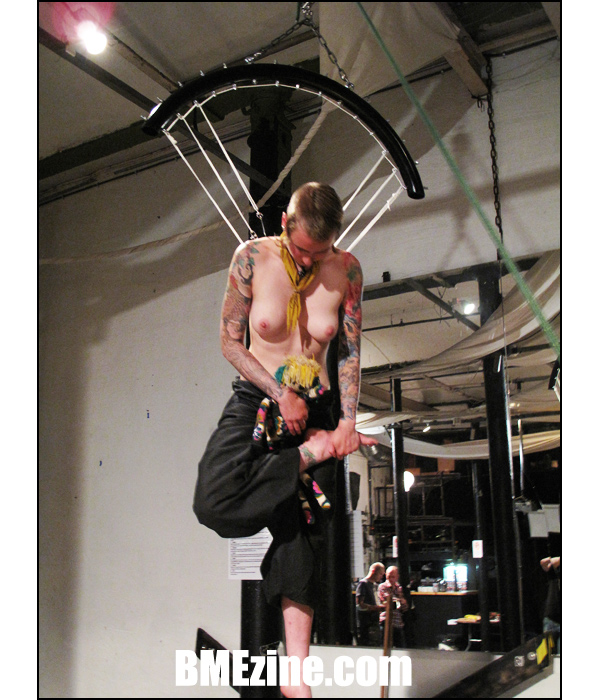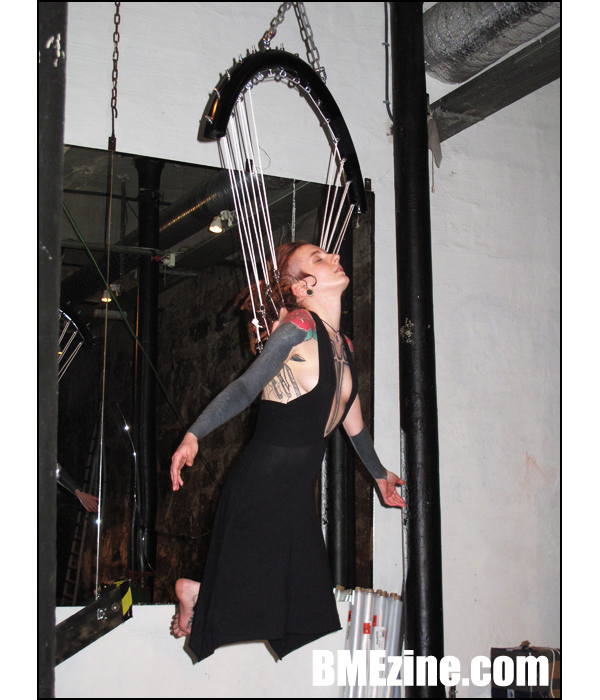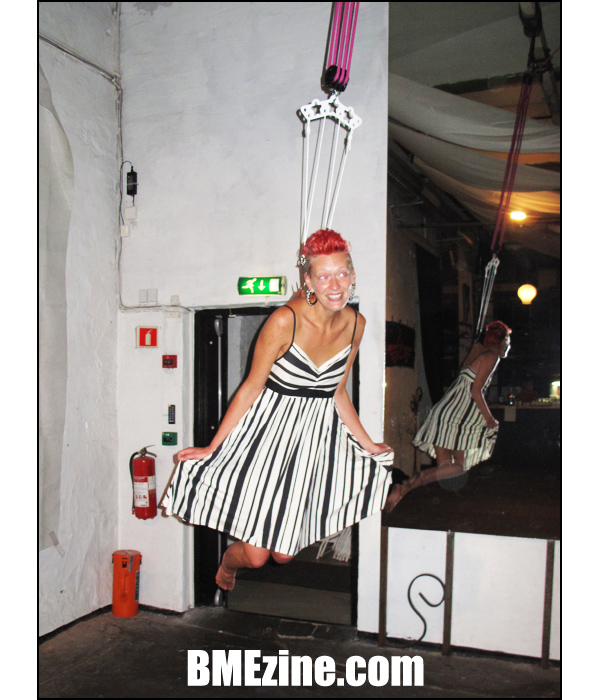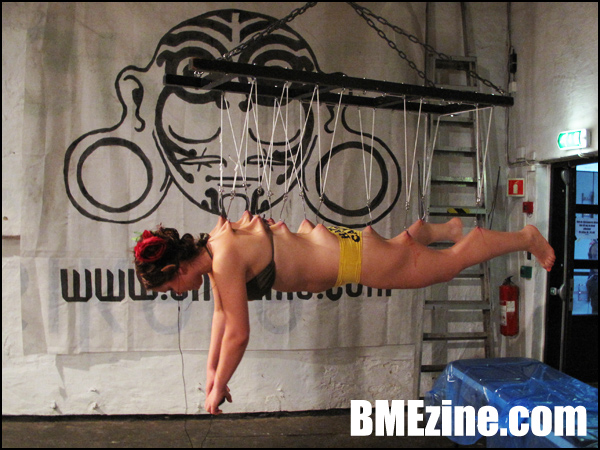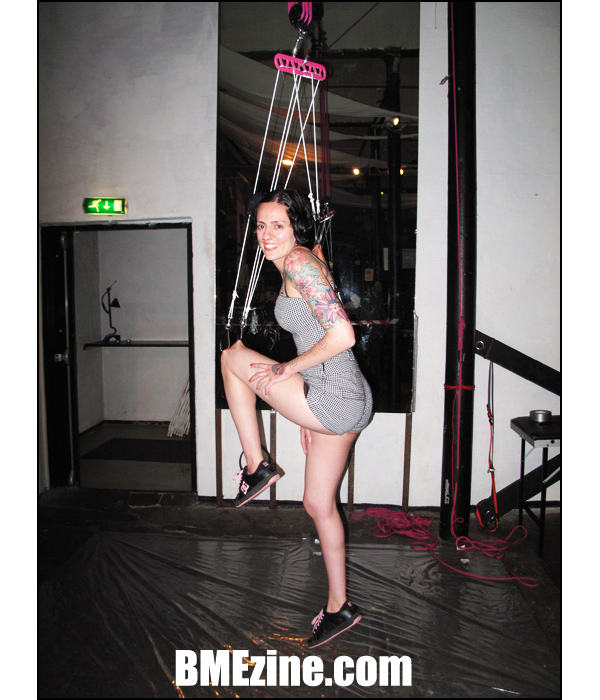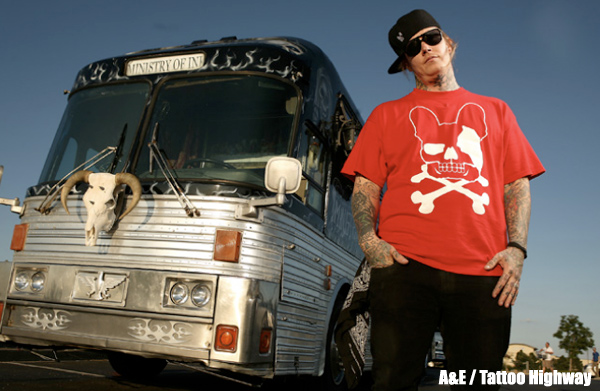BME Internship 2.0
It’s been almost 5 years since BME last had interns. I’ve decided that I’d like to do something similar to the internship contest that we had. You can read more about it here. This is a much shorter version of the intern ship and instead of relocating to beautiful La Paz, Mexico, we’ll be traveling around the world.
I’m currently planning a worldwide BME tour. This will probably mean being on the road for 2-3 months. My goal is to start the tour in time to be home for the middle of June. This means we’d be hitting the road in the beginning of April. I have approximately 6 weeks to plan the trip, get sponsors, figure out the winners and then buy everyone’s tickets and book accommodations. I will also be booking the interviews that we will have scheduled. We will have at least one day off each week. This trip is all business though so if you want to do it, be prepared to take photos, talk to people and video tape interviews while we work our way around the world.
The goal of the tour is to interview as many individuals from as many different cultures and locations as possible. In each city that we stop in, I want to interview at least 5 shops and collect copies of their portfolios to add to BME. In addition to interviewing Tattoo Artists, Piercers and Body Modification Artists, I want to talk to and photograph clients as well as random people that we meet on the streets. I want to see the sites that the various places we go to have to offer (yes this means playing tourist!) as well as compile video interviews along the way. I’d like to bring 4 people besides myself. That means our group will consist of 5 people total. We can get away with 4, including me but we may go to 6 if I can’t make a decision between a couple great candidates.
Depending how the planning process goes, the trip may end up getting split into continents, obviously it’s always fun to think big but to make it so this really happens, we may need to scale it back and make it more affordable in terms of money, time and logistics. While I’m working on the contest and putting together the team, I’ll also be working on getting sponsorships as that will help make the tour that much more viable. I may also end up having a couple openings on the trip for multiple people to fill the various roles due to the length of the trip. I feel though that you should be able to commit at least two weeks. If you can only come out for a week, it’s not enough time to get into the groove with the rest of us. I will, however, make exceptions so please send in your audition and let me know that you’re the exception that I should make!
Click through for more information!
In order to make this trip possible, I’m looking for people who are talented in a couple different areas. I’m looking to fill the following roles:
Writer
Photographer
Videographer/Video Editor
In the dream scenario, each person would be capable of filling all of the roles but I understand that is a dream and not likely to happen. The main thing though is that everyone will have to be able to write. That is a requirement. I’m not saying that everyone needs to be an accomplished author but they have to have an inquisitive mind and be able to express their thoughts in writing so that we can share our travels with the readers of BME. I’m know that I am not the world’s best writer but I am capable of recounting an event or conducting an interview so if you think that you can write as least at the level that I can, then you qualify! I can also take decent photographs and keep a video camera steady. I am however really lacking in the video editing skills. I’ve been trying to get better at it but unfortunately it’s really not something that I’m good at.
If you’ve got more than one talent and can do the same, then it makes it more likely that you will be chosen to accompany me on the trip. Seeing as there are 3 roles that need to be filled and 4 spots available, this means that between the 5 of us, we should be able to fill these three rolls. When we’re in a city, we may need to split up to tackle two different locations at the same time depending on the schedule, which is why people need to be able to fill multiple roles. Being able to write relatively well, understanding lighting and Photography and also being able to properly handle a video camera (even if you can’t edit) means that we should be able to regroup at the end of the day and put our work together with ease.
Besides being able to fit a minimum of one of the above roles, there are a set of requirements that need to be met.
You must meet all of the following:
Active Interest in Body Modification – You should be knowledgeable about and actively involved in body modification. You should be open to all of what BME covers. If you have a problem with with anything in the BME/Extreme or BME/Hard areas then you should not apply. You don’t have to have heavy mods but you need to be okay with others having the right to modify their bodies as they see fit.
21+ years old preferred, 18+ Required – I’m asking for proof of a passport so I will be verifying your age. There are places outside of the USA that require you to be 21 to gain access so I don’t want to leave anyone in the hotel room because we’re going to an event at a 21+ location. Having everyone above 21 makes this a non issue. If you are under 21, apply anyway. I may make an exception for the right applicant BUT keep in mind that preference goes to those that are 21+
Valid Passport – You must hold or be able to acquire and provide proof of a valid passport two weeks prior to the time that I purchase our airline tickets. If you do not have one by this time, you will lose your spot. I cannot risk putting out the money for our non refundable travel arrangements and then find out that you can’t get a passport. There are no citizenship requirements. As long as you meet the other requirements, you are welcome to apply!
No Felony Convictions/No Arrest Record/Anything that prevents you from traveling freely – This is a requirement because, like the passport issue, I do not want to have the tour ruined by someone who gets blocked access from entering a country. Some countries will not allow convicted felons or someone who has even been arrested to gain entry to the country. It could potentially ruin the tour all together if someone in our group was denied entry and that made it so the rest of us were denied entry. Anything that prevents you from freely traveling, entering various countries or getting back into your own country will prevent you from being selected. I have decided that if you can get clearance to travel by filling out the appropriate paperwork and going to the required consulates and get yourself authorized to travel (with a criminal record) I will waive this requirement for the right applicant!
No Drug/Alcohol Abuse Issues – As we will be traveling in foreign countries, I do not want to deal with any issues relating to drug problems. We may visit countries that have serious penalties with foreigners that are caught with illegal substances. If you break this rule and are caught, there is little that we will be able to do to help you.
Good Health – I will get Medical Travel Insurance for all of us in case of emergency but if you are not in good health and cannot carry your own luggage or backpack, this is not the tour for you. We are going to have to schlep our own bags. We’re not rock stars, we’re people out to do something cool on a limited budget. We’re basically seeing the world on a shoestring budget (unless I score major sponsorship) and we need to make sure we meet out goals. If you are on medication that you take daily, that’s fine but it cannot interfere with our abilities to get from point A to B and do what we need to do while we are there. I am hoping to make it so that I am the only one with a chronic illness on the trip. In addition to doing our interviews, going to events and working almost every day of the trip, we will be site seeing. Depending on the country, this could include a lot of hiking.
Drivers License – You should have a valid drivers license, but it’s not required. Preference does go to someone with a license in the event of a close call. It does not need to be a full license if you’re in a country with a rated system like Canada. I don’t want to end up being the only one who can drive though!
Availability – You must be able to commit to staying on the tour for at least TWO WEEKS. Any less than that and it will disrupt the tour. It will take a lot of time to get into a grove and figure out how everything works and to streamline our entire process. If people come and go too often, the harder it will be to become an efficient touring machine! Preference will be given to those who are able to commit more time.
Computer Experience– This is a no brainer. You need to be able to write and post photos on the web. If you only have a desktop computer and you are selected, I should be able to provide you with a laptop. This will need to be returned back to me at the end of the trip. You must have a working knowledge of wordpress, basic photo editing capabilities (ie color correcting, watermarking, resizing photographs), as well as basic HTML skills. Extended knowledge is always a plus and as always, preference will be given to those with the most variety of talents and skills.
A Positive Attitude – Sometimes shit happens, especially when you travel. Are you going to be able to keep a smile on your face when we get to a hotel and it’s oversold and they gave away our rooms because we didn’t get there until 1am due to our flight being stuck on the runway for 3 hours? Are you going to be okay with sleeping at the airport when our flights are canceled and we can’t get a hotel until morning? Or are you going to be a diva and whine and cry about it? If so, this isn’t for you!
Be Social/Outgoing – You don’t need to be a party animal but you have to be willing to talk to strangers. We are going to interview, photograph and film people that we don’t know. You have to want to get to know them, or at least do a damn good job faking it, which is what makes a good interview. You also have to be willing to have your photo taken and appear on CAMERA. Obviously some people will want to spend more time in front of the camera and that’s fine with me. I hate having my picture taken or being on video but I know that it needs to be done. You should know this too and be willing to get over your fears.
These things are major bonuses:
Travel Experience is a plus – Do you know what I mean when I say we’re going LAX-LHR? Do you determine your travel route based on the amount of air miles you’re going to accrue? Do you know what to do when you’re in line at airport security? Do you pack everything into a tiny carry on bag so you don’t have to check it and in that bag are things sorted so you can pull out your liquids so you don’t get a secondary screening? If you’re a travel pro, that’s a big bonus. If my 6 year old knows more about travel procedures than you do, chances are we might not get along! If you have airline/hotel/rental car elite status, that is also a HUGE bonus because I will be booking flights based on AA/OneWorld Alliances and hotels based on Priority Club alliances. I have EVIP’s which need to be used by the end of February or they expire. If you know what this means, make sure you include it in your application. If you’re adept at public transportation, include this on your application as well. We don’t want to get lost and we don’t want to kill our budget on taxis! Obviously safety first but we’ll be in a group so we will be fine.
Multi-Lingual – Do you speak more than one language? Great! Do you understand other cultures because you have experience with them? Awesome! Do you know people who can put up the 5 of us for the night? Even better!
Hotel/Airline/Sponsors Connections – That’s a no brainer. Do you have any hook ups and you want to help us out? Please contact me!
What’s covered and what isn’t?
Now that you’ve been selected, what do you get? Unless I find a couple other sponsors, we’re going to pull this off on a limited budget. It means that we’ll likely be flying economy (this is where having travel experience and frequent flyer status comes in handy! You can upgrade, I won’t hold it against you!), staying in low end Hotels/Hostels/Friends Couches where we can and taking full advantage of Continental Breakfasts offered at the hotels/hostels that we stay in. We’ll try and take public transportation to keep costs down as taxis can be very expensive. I will be covering the basics. Unfortunately this isn’t a paid tour but all of the costs will be taken care of so you’ll be able to take a trip you may otherwise not be able to afford. This is a great opportunity to see the world as well as build up a huge archive of content for your resume. Not to mention it’s a once in a lifetime opportunity!
Plane tickets/Ground Transportation – You will need to get yourself to our starting point, if you happen to be closer to our first destination, you can meet us there. Due to the nature of our tour, it makes sense that we all travel together. The only exception is if it doesn’t make sense for you to go to the start point if you’re closer to the first destination. For example, if we’re all starting off in Los Angeles and our first destination is Londan, England and you live in Paris, it makes more sense to have you meet up with us in London. In that scenario, I’ll cover getting you to London from Paris but I can’t cover getting you from Podunk, IA to Los Angeles.
Accommodations – We will be staying in hotels/hostels or friends couches (this will be a very rare occurrence and most likely won’t happen, mostly due to the fact that most people don’t have room to accommodate 5 people). We will be sharing hotel rooms. Since there are 5 of us, we will be splitting two rooms (taking turns with who gets the cot!). In the event we take on an additional person, we will be splitting 3 rooms. 2 persons to a room.
Meals – 3 meals a day. Breakfast, Lunch and Dinner. This does not include alcohol or tobacco.
Medical/Travel Insurance – I will make sure that each of us has medical/travel insurance for the duration of the tour.
The Application Process!
Now that you know what the tour is about, who I’m looking for, what the requirements are and what you get out of it, it’s time to apply! As I’ve described at the beginning, I’m looking for “Jack-of-all-trades”. If you can write, take photos and hold a video camera, then this is definitely an opportunity that you qualify for. I’ve also got a position open for someone who doesn’t really excel at any one skill out of all three. Everyone needs to submit the same application, however, if you’re looking to be assigned one role specifically above the others, then you’ll need to submit additional material to support that request.
Please submit the following:
Send an email to [email protected]. Please make sure to include the following in your email:
Name:
Bio:
Birthday & Age:
IAM Page Name:
Location:
Role you’re applying for:
Passport:
Drivers License:
Criminal Record Y/N, if Y, what?:
How long can you commit to the tour? Please note priority may be given to those who can commit more time to the tour:
Are there any time periods where you will need to briefly leave the tour?:
Email addresses used for any BME submissions. If there are contributions to BME or this community you’ve made that won’t show up under those email addresses, please include details about them.
Link to Audition Video (You must create a video audition and include it with your application – see below for hints!):
Links to writing:
Links to Photography:
Links to Videos:
I’ve explained the application specifics for the Audition video and the links to your writing, photos and videos below! If you don’t submit these things your application won’t be considered!
A Video Audition – Make sure to state your name, your age, where you live and which role you’re applying for. Since I’m potentially spending weeks on end with you, I want to get to know you as well as possible through your audition tape. I wasn’t sure what to ask for in the audition video so I googled “how to make an audition tape” and got tons of answers. Check out those sites as well as this one to see how to make the best audition tape possible. If you’re saying “I don’t have a video camera, how can I make a video?!” Don’t forget that most digital point and shoot cameras have a video mode. You can also use the webcam built into your computer to record an audition tape. Most things that you audition for put 3 minute limits on the audition tapes. I’m giving you 10 minutes to work with. You don’t need to use all of it but I’m giving you a lot of time to let me get to know you. Tell me who you are. Tell me why you think you’d be good for this. Tell me why you want to do it. Be honest. Tell me your deepest darkest secrets and everything else you want me to know. Are you afraid of the dark? Let me know. Give me a look into your life and what it would be like living together on the road for 6 weeks to 3 months! Upload your video to youtube and send the link along with your application email.
Examples of your writing – As I said, everyone must be able to write at LEAST at the same level as myself. This means you can express yourself clearly and intelligently via the internet. You need have a basic grasp of proper grammar, spelling and punctuation. Your examples of writing can be anything from a link to your IAM page, another blog and articles or interviews you’ve written. If you’re interested in being selected as “The Writer” then make sure you submit more examples of these.
Photography – Everyone needs to be able to take photos. Please send a link to examples of the photos you’ve taken. A link to your BME submissions, IAM page, online photo hosting page or something similar is fine. We will all have pocket size digital cameras. If you’re interested in being “The Photographer” please send links to your portfolio to back your selection for this role. You will need to know how to light the shops that we are shooting in.
Videos you’ve Edited – Everybody needs to be able to use a video camera. Please send links to videos you’ve uploaded to youtube etc. It’s okay if you don’t have any if you’re applying for one of the other roles. Your application video will suffice. If you’re applying for the “Videographer/Video Editor” role, please send a link to your portfolio of films/videos that you’ve edited. To snag this role, you’ll need to prove that you can edit video!
I haven’t decided if I’ll be posting the video auditions on Modblog so that I can get BME readers to help me choose the winners. Submit your videos under the impression that I will be. This is going to be a kick ass trip and I think we’re all going to have an awesome time! Get those applications in asap! The application process will be closed on February 20th and winners announced on the 1st of March. We should be able to have a finalist round where I’ll post the video auditions that made it to the finals and we’ll do a group vote. I want to see who can really market themselves and get people to BME to vote for them, since that’s kind of what a part of this tour is about! I will have the final vote on who goes on the trip though. If everything goes according to plan, we will be leaving in the first week of April. Good Luck!


